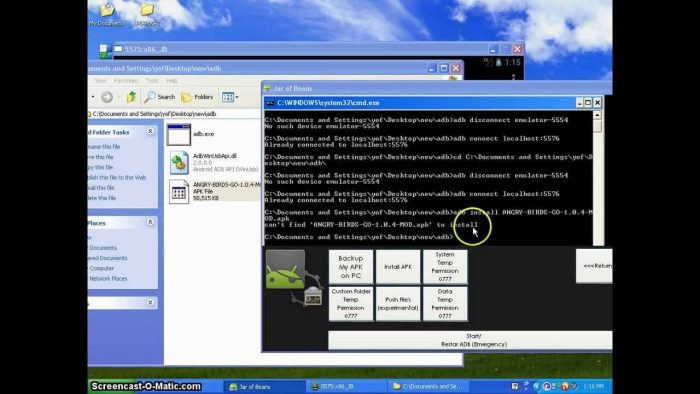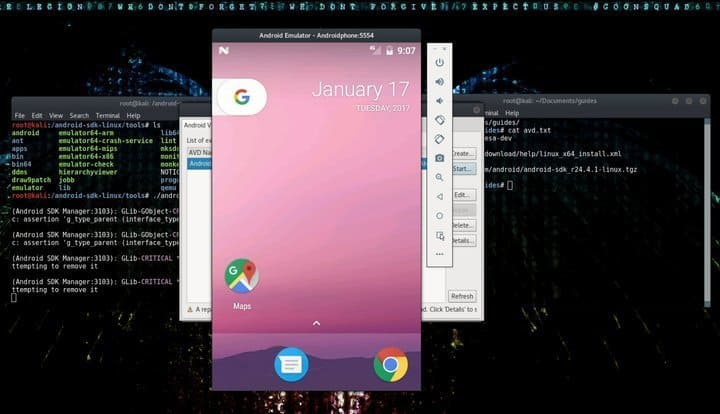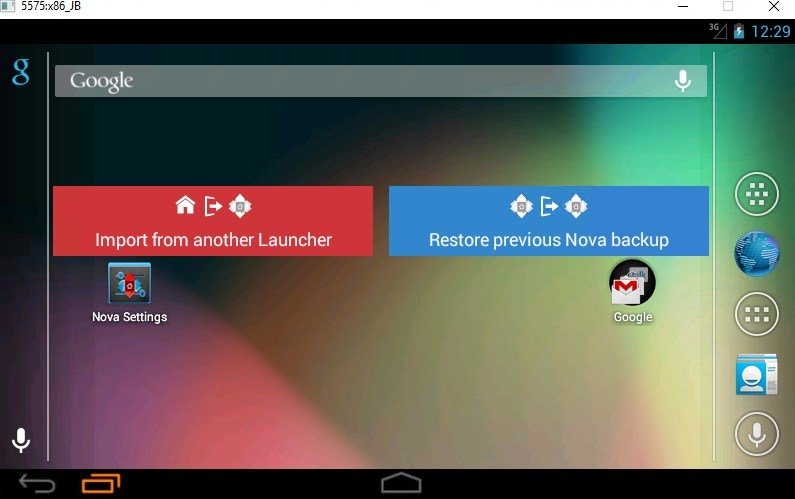

You’ll see the “Hello World!” text in the browser. You can visit the app’s URL by running this command: $ heroku open It will run your app using the default command.Īll that said, the application is now deployed.

It installed Java 8 by default, but you can easily configure this with a system.properties file as described in the Specifying a Java version Dev Center article. Heroku automatically detects the application as a Maven/Java app due to the presence of a pom.xml file. Remote: Default types for buildpack -> web Remote: Procfile declares types -> (none) Now deploy your code: $ git push heroku master You can rename it later with the heroku apps:rename command. Heroku generates a random name (in this case nameless-lake-8055)įor your app. This also creates a remote repository called heroku in Run this command: $ heroku createĬreating app. In order to deploy to Heroku, you’ll first need to provision a new Heroku app. It’s also possible to deploy using the Heroku Maven plugin, but this guide will focus on using Git and the Heroku CLI. You’ll deploy the app by pushing this Git repo to Heroku. Preparing a Spring Boot app for Herokuīefore you can deploy the app to Heroku, you’ll need to create a Git repository for the application and add all of the code to it by running these commands: $ git init

You could run the application locally to confirm this, but we’ll jump straight to running it on Heroku. This creates a simple request mapping that displayed “Hello World!” in the browser. In file src/main/java/com/example/demo/DemoApplication.java write: package To add some behavior, open the src/main/java/com/example/demo/DemoApplication.java file and put the following code in it: The application does not have any custom logic by default – it’s just an empty template. Then move into the application directory: $ cd demo Use the CLI to create a new application by running this command: $ spring init -dependencies=web demo You can also start with a working sample app if you’d prefer. This will add a spring command to your path. To create a new Spring Boot application, first install the Spring Boot CLI as described in the Spring Boot documentation. If your key isn’t there, youĬan add it manually by running heroku keys:add. Logged in as check that your key was added, run heroku keys. › Warning: If browser does not open, visit Heroku: Press any key to open up the browser to login or q to exit

Once installed, you can use the heroku command from the terminal to log in using the email address and password you used when creating your Heroku account: $ heroku login Then download and install the Heroku CLI. You can use either Maven or Gradle to deploy a Spring application on Heroku, but for this guide we’ll assume that you’re using Maven and have Maven 3 installed on your machine. The Spring Boot model of deploying standalone applications is a greatįit for Heroku.


 0 kommentar(er)
0 kommentar(er)
